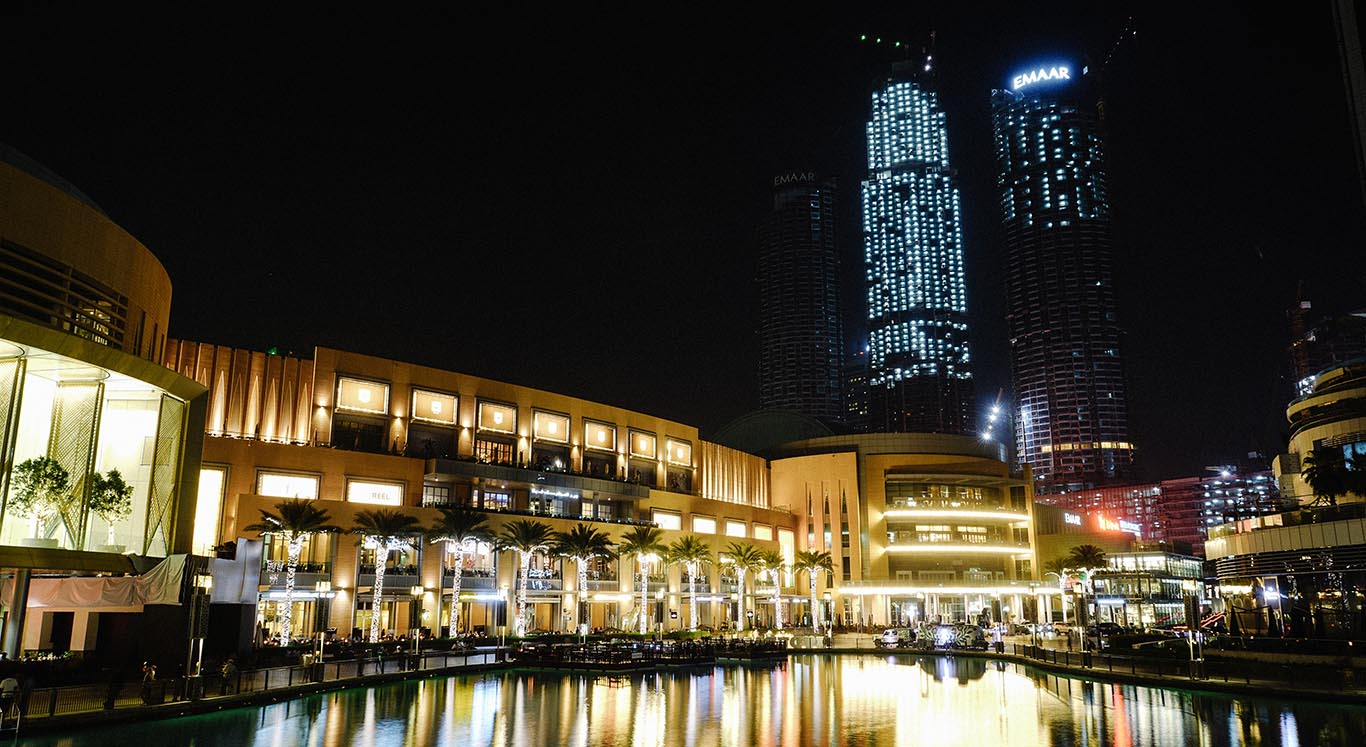
Take a look at our interviews on Lokad TV and learn more about Supply Chain and luxury.

Every single piece can be made unique: a unique combination of mechanisms for a watch, a unique combination of precious stones for a ring.
Some economies of scale can be observed when producing 10 units rather than a single one, but overall, when it comes to hard luxury, those are somewhat marginal. Indeed, while hard luxury units should be treated as artworks, this vision collides in practice with the reality of the supply chain tools, which are entirely designed around the concept of SKU (Stock Keeping Unit). Spreadsheets also suffer from the same problem. Thus, too frequently, when 50 units are produced rather than 10, it’s to make the planning easier rather than trying to intimately match the clientele’s expectations.
Lokad’s perspective for hard luxury is the opposite: we start with the idea that every piece is unique, solely defined by its attributes (movement, carats, metals, colors, price point, etc).
While historically many similar pieces might have been produced and sold - i.e. pieces with identical attributes - this is not a requirement for Lokad to operate. Lokad’s technology answers questions such as: “what should be the next piece to be produced?”, down to its very characteristics. We do not pretend to be a substitute for creative teams though. Lokad does not generate designs out of thin air. We explore and leverage the combinatorial explosion associated with all the variants that could be produced.
Series are short, frequently shorter than the chain of stores you operate. This creates another challenge: if only 20 units have been produced for a 50 store network, where should the units be placed?

Naturally, for hard luxury, there is typically no point in having more than a single piece for a given store, but it still means that 30 stores won’t be getting the new series. In practice, the “best” stores will be getting the new series. Then, if after 3 to 6 months the pieces haven’t been sold, what remains of the new series will start to be rotated to the other stores. This method comes with the unfortunate drawback that it’s disproportionately beneficial to the status quo.
The best stores dominantly get the best goods, and lesser stores are left with the leftovers.
Store performance largely becomes a self-fulfilling prophecy, with the downside being that underperforming stores might be accidentally prevented from realizing their true potential.
Lokad’s technology answers questions such as: where should the next piece be placed? We also suggest how to rebalance the pieces between stores, taking many factors into account such as delays, customs, and, naturally, the current store assortments. The process maximizes the network potential instead of just replicating past practices.
As a rule of thumb, it takes 6 months to a year to sell a hard luxury piece sitting on a store shelf. Yet, while immobilizing such an amount of capital might seem undesirable, it’s fundamentally the stock on display that creates the demand.
That remains true, even if the inventory rotation is nowhere near what is observed in FMCG (Fast Moving Consumer Goods). As inventory rotates very slowly, nearly all the usual supply chain recipes, such as time-series analysis, safety stock, or ABC inventory fall apart as intractable.
When facing this sparsity, the temptation is strong for the supply chain practitioner to fall back on coarse aggregations - sales per quarter, per continent - in order to recover somewhat meaningful statistics. This also happens to make things easier when crunching the (limited) data with spreadsheets. However, as a major downside, the vision of your supply chain becomes very blurry and it’s not realistically possible anymore to connect supply chain decisions - e.g. moving 1 piece from a store to another - with such macro-statistics.
At Lokad, we have developed a rather unique technology based on differentiable programming to make the most of the transactional data that your retail network generates.
Simply put, instead of looking at time-series, we look at the temporal graph that connects - over time - clients and goods.
Every client is unique, but characterized by his/her purchasing behavior; every piece is unique, but characterized by its attributes.

This technology refines and extends the approach of probabilistic forecasting, which is fundamental when faced with situations where uncertainty is irreducible to a large extent. Instead of pretending that we are going to know the future, we use the probabilities to nudge the myriad of mundane decisions towards a more desirable outcome for your network and your brand.
Your catalog may include thousands of references or more, but putting aside a handful of flagship stores, most stores are unlikely to have more than a few hundred pieces on display, when it’s not merely a few dozens. From a FMCG perspective, one would say that your service levels are below 10%, but this perspective is mostly nonsensical for hard luxury.
Crafting an optimized assortment requires an in-depth understanding of both cannibalizations and the “locomotive” effect (i.e. the presence of any article stimulating the interest for other articles).
While conceptually, a store is filled one piece at a time, it does not make much sense to think or analyze the presence of an article within a store in isolation from the rest of the assortment.
Traditional software solutions ignore those angles altogether, and as a result, the suggested assortments produced by those “systems” are invariably - and correctly - assessed as “dumb” by seasoned practitioners (store managers and merchandisers alike) who fall back on their own Excel sheets, lacking any better alternatives.
All items on display compete for the desires of the clientele, but at the same time, those items supplement each other, offering a sharper impression of the brand as a whole.

The technology developed by Lokad for hard luxury follows this intuition and directly tackles the tough challenge of quantitatively assessing the relationships between items in order to optimize the assortments. As those relationships ultimately depend on the perspective of the clientele itself, which varies from store to store, the best assortment also varies from store to store, and naturally, varies over time as well.
Some vendors are putting forward buzzwords like AI (artificial intelligence) as if software were capable of incredible feats well beyond the human intellect. While this is the case for niche problems - like chess or go - it remains largely a matter of science fiction when facing pretty much any open problem. Nevertheless, this does not mean that software can’t already be incredibly useful and profitable when done right.
Let’s consider a simple example. If a minute repeater watch is sold in a store, a good store manager will remember that this watch has just exhausted a sizeable portion of its potential market.

Indeed, while the client might be an amateur of complicated watches, and might come back next year looking for another piece, this client will never buy again the same watch. Yet, traditional supply chain tools are incapable of factoring an insight as elementary as this one. Naturally, this does not bode well for more refined insights, such as the need for masterpieces not really intended to be sold, but vital to make the store spectacular and appealing to the clientele.
At Lokad, our strategy consists of making the most of quantitatively minded experts, that we refer to as Supply Chain Scientists, to roll out at scale the insights and the common sense of the supply chain practitioners who already operate your network. This strategy is implemented through a technology uniquely suited to deliver bespoke prediction optimization models that are fully aligned with your strategy.
We do not pretend to deliver results that could not have been obtained “by hand” if seasoned practitioners in your company could spend hours pondering every single decision - i.e. the opportunity of moving a piece from one store to another.
Yet, in practice, seasoned practitioners are in short supply. Lokad makes sure their insights benefit your company at scale.
Discuss your specific business challenges with our experts. In order to get a detailed quote, please contact us.